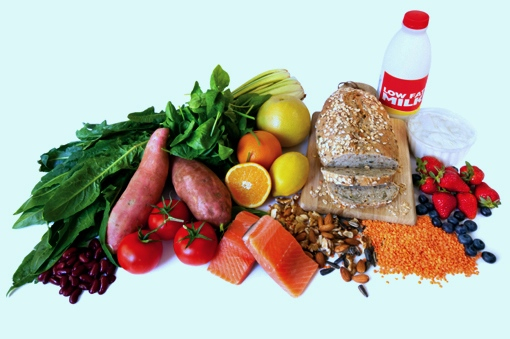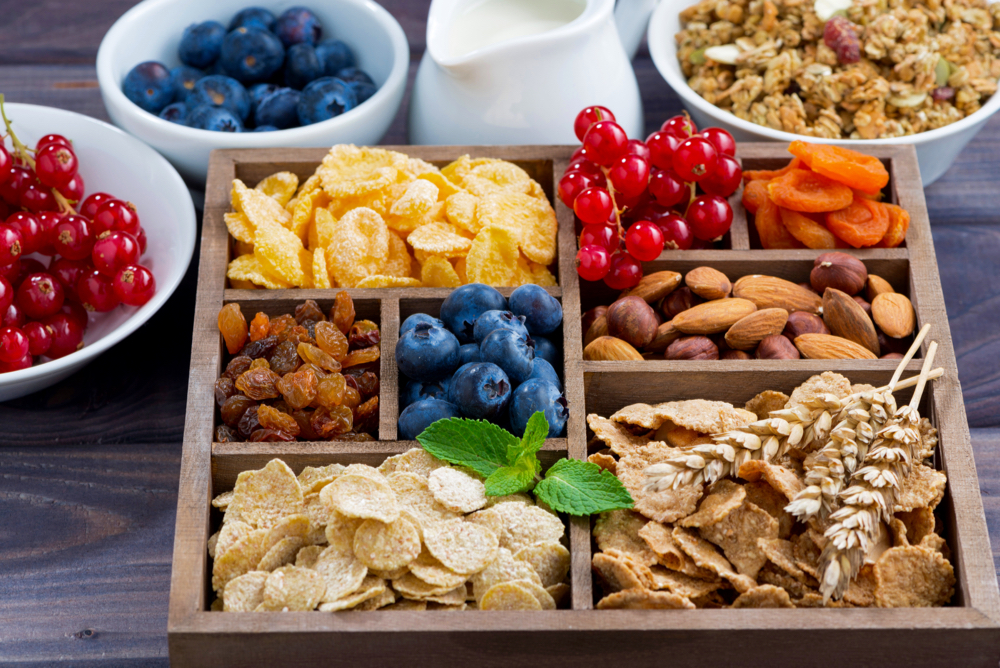Often farmers overlook the first requirement for successful farming — good health.
It’s too important to take it for granted. And it’s also at risk. Farmers, their families and their employees work amid myriad occupational hazards, points out Kendra Ulmer, a registered nurse with the Canadian Centre for Health and Safety in Agriculture at the University of Saskatchewan. The list of those hazards is long, including agricultural chemicals, viruses, moulds, dust, zoonotic diseases, and noise, as well as work-related injuries and psychological hazards.
Unfortunately, if you tell your doctor you’re a farmer, they may have little insight into what occupational hazards this involves, or what kinds of hazards you personally are most in danger of contacting, says Glen Blahy, agricultural health and safety specialist at the Canadian Agricultural Safety Association (CASA) in Winnipeg.
Read Also

Rural health co-ops give a boost to Quebec’s struggling health care system
Health care co-ops offer services to Quebec’s rural residents. Photo credit: Co-op Ici Santé
In fact, the occupational hazards that farmers and farm workers face vary considerably between farms. They also vary depending on your job description.
To help ensure you and your employees get appropriate medical care, CASA developed the Confidential Personal Wellness Assessment. Farmers and farm workers complete the assessment prior to meeting with their family doctor to ensure the doctor has an accurate picture of specific occupational risks involved in their day-to-day work.
For a copy of the assessment form, contact CASA or your provincial farm safety association.
Completing the assessment also helps farmers become more aware of the risks that they and their workers face, which can then motivate them to find ways to reduce exposure to occupational hazards and ensure that proper protective gear is used.
The new threat — “Sitting Disease”
As farms have become larger and more automated, farmers have also become more prone to what the media has dubbed “Sitting Disease.” Research in the past 10 years has shown that now that we are spending so much time sitting at a computer, driving or watching TV, we are at increased risk for diabetes, heart disease, premature death and some cancers, says Dr. Travis Saunders, an assistant professor at the University of Prince Edward Island in Charlottetown.
 Even if you are getting the recommended 150 minutes per week of exercise, the more time you spend sitting, the higher your risk, Saunders says.
Even if you are getting the recommended 150 minutes per week of exercise, the more time you spend sitting, the higher your risk, Saunders says.
When we sit too long there is a surge in blood sugar and then a corresponding surge in insulin, explains Saunders, who recommends getting up and walking around for a couple of minutes every 30 minutes.
Saunders says there are many simple ways to add more movement to our day if we think about it. For example, when talking on the phone, stand instead of sitting. Walk to get the mail. When you go to town, walk — don’t drive — between stores, and set a timer on your computer to remind you to get up and move every 30 minutes.
“Don’t make sitting the default,” Saunders says. For example, if you need to meet, you can walk while you talk. Some offices are using work stations which give people the option of standing while they work. Some people have even started using treadmill desks so they are always moving while they work. Such ideas are adaptable to farm offices.
Watching TV is particularly bad, adds Saunders. Not only are we inactive when we watch TV but research shows our food intake increases which results in weight gain, another health risk.
Wearing an activity monitor or pedometer will make you more aware of how much you are moving. There are also apps you can get for your smartphone to help track your activity levels.
What it comes down to is, if you want to be healthy, you have to make your health a priority and schedule it into your day.
That means dropping bad habits and replacing them with good habits. Even small changes can have a big impact.
Just do it — get checked out
How long has it been since you’ve had a physical, seen the dentist or had your eyes checked. If it’s been a while, make those appointments now. Then add a reminder to your smartphone calendar so you’ll be reminded annually.
If you need extra motivation, dig into the following resources:
For information on health risks specific to farming, go to the website of the Canadian Centre for Health and Safety in Agriculture at the University of Saskatchewan.
Dr. Mike Evans, a medical doctor and professor at the University of Toronto, has made a name for himself translating technical research data into entertaining and easy-to-follow advice in short, animated YouTube videos. His video “23 and 1/2 hours: What is the single best thing we can do for our health?” has had almost five million views.
According to Evans, walking or doing some other form of exercise for at least 30 minutes every day is the most effective thing we can do to maintain our health. Evans came to this conclusion after studying all of the available preventative health research.
Exercise, even moderate exercise like walking, was found to reduce depression, dementia, fatigue, diabetes risk, blood pressure and heart disease.
Even better, the exercise doesn’t have to be all in one stretch. The effect could be seen even if the walks were broken up into three 10-minute segments. This is very do-able and doesn’t require investing in expensive exercise equipment or enrolling at a gym. Anybody can do this anywhere.
Healthy eating tips
Farming used to keep you healthy with a full day of work-based exercise and fresh air. That’s not true any more, so farmers who don’t make health a regular part of their day are putting themselves at risk
With so much information out there about healthy eating, it’s easy to be overwhelmed. Ellen Gregg, registered dietician with the Region of Waterloo Public Health Unit shares some simple rules of thumb for making healthy food choices:
- Eat a fruit or vegetable with every meal and snack.
- When you eat dinner, half of your plate should be covered with vegetables.
- Avoid deli meats and other processed meats such as hot dogs.
- Limit sugar-sweetened beverages (like pop) to an occasional treat.
- Practice moderation with treats. For example, eat dessert only one to two times per week.
- Eat more whole grains by choosing whole-grain pasta, whole-grain bread, and brown rice.
- Don’t shop when you are hungry. You’re more prone to make bad choices when your blood sugar is low.
- Plan what you will have for dinner ahead of time and make shopping lists so you’ll have everything you need on hand. This will stop you from getting “hangry.”
















